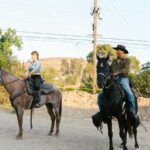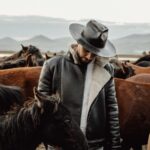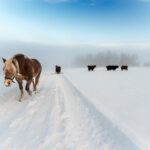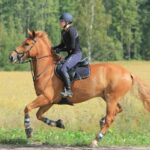Throughout the grand tapestry of European history, few animals have been as intrinsically linked to power, nobility, and royal prestige as the horse. These majestic creatures transcended their practical utility to become living emblems of authority, wealth, and sophistication among the continent’s royal houses. From the sprawling stables of Versailles to the meticulous breeding programs of the Habsburg Empire, horses emerged as essential components of royal identity and political theater. This evolution wasn’t merely coincidental but rather the product of centuries of careful cultivation, where bloodlines of horses became almost as important as those of the royals who owned them. The relationship between European royalty and these magnificent animals reveals fascinating insights into how power was displayed, maintained, and understood across generations of monarchical rule.
Ancient Foundations of Equine Nobility
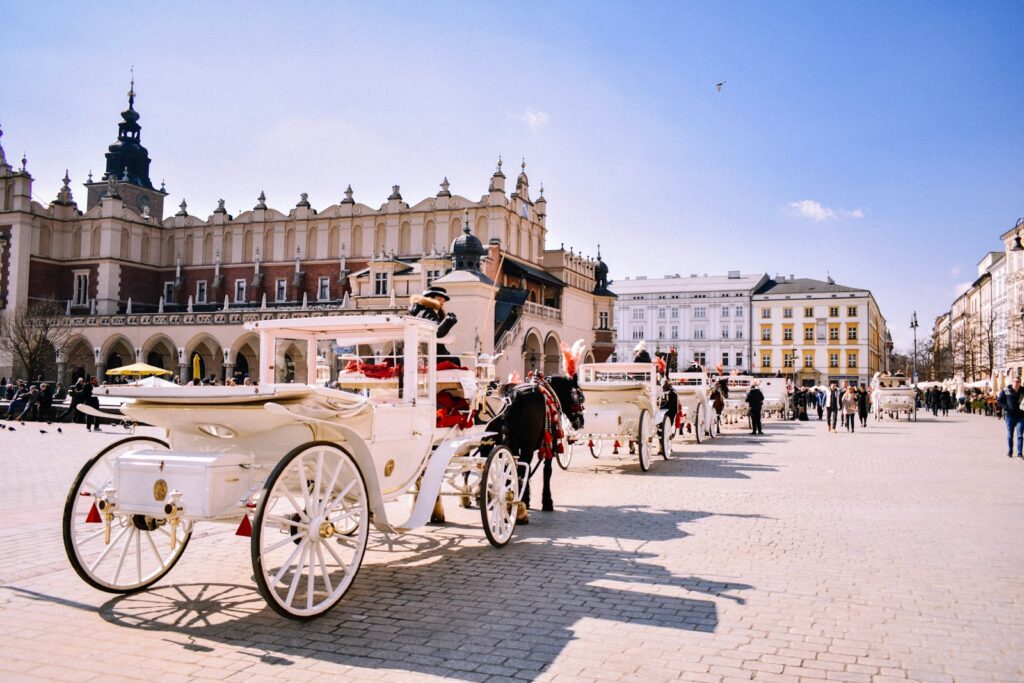
The association between horses and ruling elites dates back to ancient civilizations, where mounted warriors held distinct advantages in battle and mobility. Classical texts and archaeological evidence demonstrate how early European rulers, influenced by Persian, Greek, and Roman traditions, adopted horses as symbols of their martial prowess and leadership capabilities. Alexander the Great’s legendary bond with his horse Bucephalus established a powerful precedent for ruler-horse relationships that would echo throughout European history. By the fall of the Roman Empire, the possession of fine horses had already become a clear indicator of social standing and political influence. This foundation provided medieval European royalty with a classical precedent upon which they would build increasingly elaborate equestrian traditions and symbols.
Medieval Warhorses and Chivalric Culture
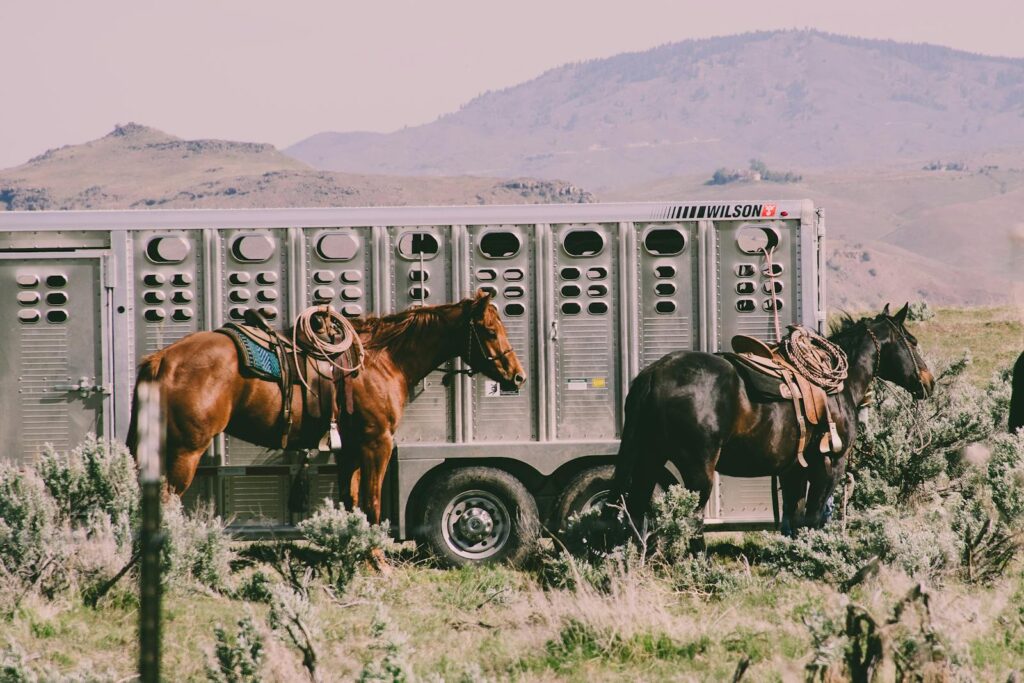
The medieval period witnessed the transformation of the horse from mere transportation to a critical component of royal identity through the development of heavy warhorses and chivalric culture. The destrier, a powerful warhorse capable of carrying an armored knight, became so valuable that it could cost as much as a small manor house, instantly marking its owner as a person of significant means and status. Royal stables maintained specialized breeding programs to produce these exceptional animals, with bloodlines carefully documented and preserved. Knights, as extensions of royal power, participated in tournaments where horsemanship displayed both martial skill and noble refinement. Manuscript illuminations from this period frequently depict monarchs astride magnificent steeds, visually communicating their right to rule through equestrian mastery and the quality of their mounts.
The Spanish Influence and Royal Riding Schools

Spanish horse breeding traditions, particularly the development of the Andalusian horse, profoundly shaped European royal equestrian culture during the Renaissance. When Habsburg rule extended across both Spain and Austria in the 16th century, Spanish horses became highly prized possessions in courts throughout Europe, coveted for their elegance, intelligence, and suitability for the emerging discipline of classical dressage. Emperor Maximilian II established the Spanish Riding School in Vienna in 1572, creating an institution dedicated to preserving the “high school” of classical horsemanship that continues to this day. These formalized riding academies became essential fixtures of royal courts, where nobles and princes demonstrated their refinement through mastery of the most difficult equestrian arts. The ability to control a powerful horse through subtle commands came to symbolize a ruler’s fitness to govern—suggesting that one who could master such a spirited animal could surely master a kingdom.
Royal Hunts as Political Theater
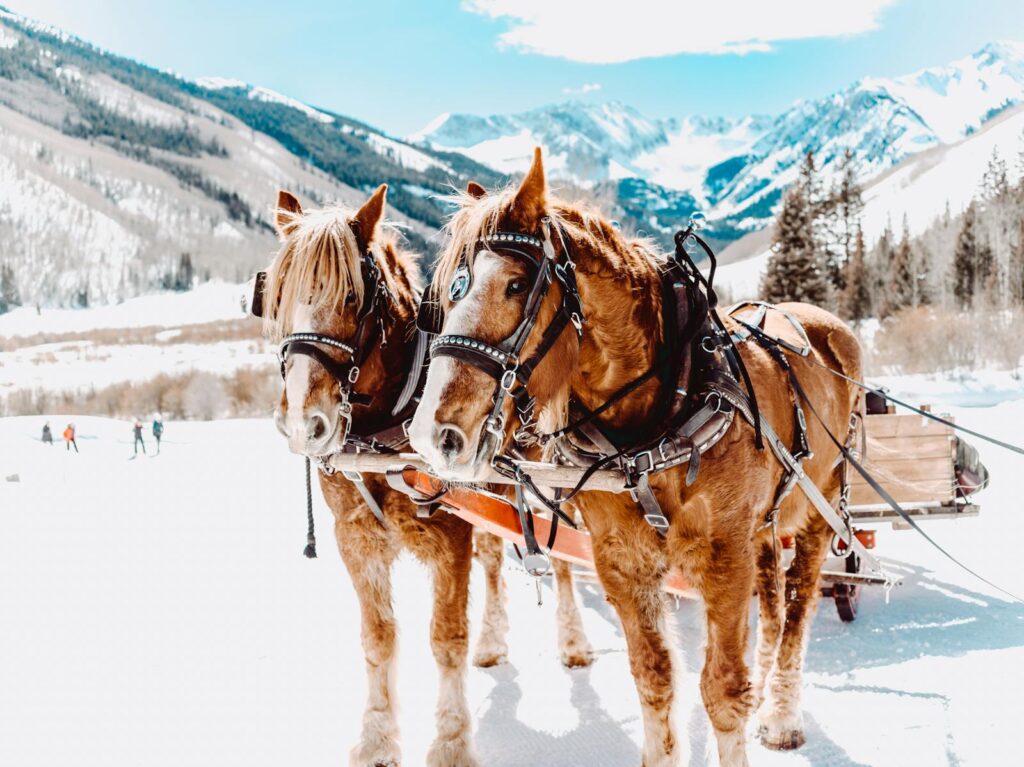
The royal hunt emerged as one of the most visible and politically significant displays of equestrian culture among European monarchies. Far more than mere recreation, these elaborate events functioned as demonstrations of a sovereign’s vigor, courage, and command over both nature and the aristocracy who participated alongside them. In France and England, specialized hunting establishments with hundreds of horses, hounds, and attendants required enormous resources that only the most powerful could maintain. Louis XIV of France used hunting as a means of political control, requiring courtiers to participate in these physically demanding pursuits to remain in royal favor. The specialized horses bred for hunting—strong, swift, and enduring—became coveted possessions, with monarchs regularly exchanging these animals as diplomatic gifts of exceptional value. Royal hunting portraits, showing monarchs confidently mounted amid dramatic chase scenes, became a standard visual assertion of dynamic leadership.
Breeding Programs and Royal Studs
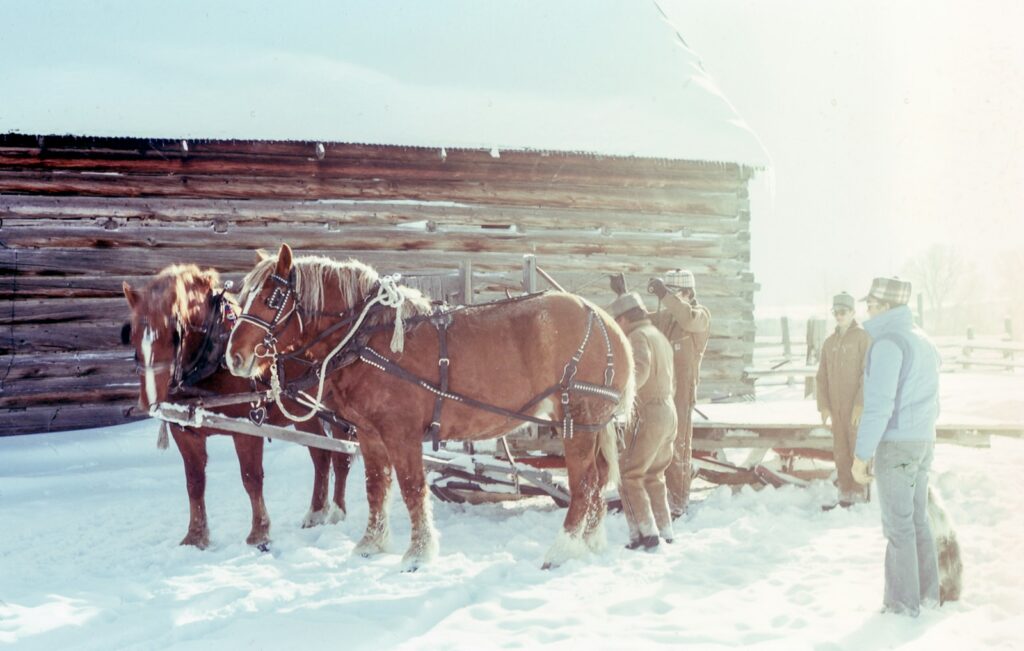
By the 17th and 18th centuries, comprehensive royal breeding programs had been established across Europe, elevating horse breeding to a science that reflected national pride and royal prestige. The Trakehner stud in Prussia, founded in 1732 by King Frederick William I, exemplified this approach by systematically developing horses that combined strength, beauty, and utility. Similarly, the Royal Studs at Hampton Court in England, established under Henry VIII and expanded by successive monarchs, created distinctly English breeds that came to represent national character and imperial ambition. These royal studs employed hundreds of specialists, from stud masters to grooms, creating entire economic systems centered around equine excellence. The careful documentation of bloodlines in stud books mirrored aristocratic preoccupations with genealogy and hereditary privilege, creating parallel hierarchies where the pedigree of a royal horse could be scrutinized as closely as that of a potential royal spouse.
The Rise of Equestrian Portraiture

Equestrian portraiture emerged as one of the most powerful visual statements of royal authority in European art, with conventions that explicitly connected horsemanship with governance. Artists like Velázquez, Van Dyck, and Rubens specialized in these grand compositions, where the technical challenge of depicting both ruler and horse in majestic harmony demonstrated artistic virtuosity while symbolically reinforcing the monarch’s control over powerful forces. The convention of depicting horses in collected movements derived from classical dressage—such as the levade, where the horse balances on its hind legs—suggested the ruler’s ability to direct raw power through refined technique rather than brute force. These portraits frequently featured identifiable, beloved horses from royal stables, many of which were documented by name in royal inventories and court records. The sheer scale of these paintings, often displayed in throne rooms and reception halls, ensured that royal equestrian prowess dominated the visual experience of court visitors and foreign dignitaries.
Carriages, Processions, and Royal Entry

As European court culture grew more elaborate, ceremonial processions featuring magnificent horses and ornate carriages became essential displays of royal splendor and political authority. The royal entry—the formal first visit of a monarch to a major city—relied heavily on equestrian elements to communicate the sovereign’s majesty through carefully choreographed processions. State coaches, such as the Gold State Coach commissioned for George III of England in 1762, represented enormous investments, featuring intricate carvings, gilding, and sumptuous interiors pulled by perfectly matched teams of horses in elaborate harnesses. Court etiquette dictated precise hierarchies of carriage styles and horse numbers, with eight-horse carriages reserved exclusively for monarchs in many European courts. These spectacular moving tableaux of power required enormous backstage infrastructure, including specialized stables, carriage houses, and teams of servants dedicated solely to maintaining the royal equipage for public appearances.
The Versailles Model: Louis XIV’s Equestrian Legacy

No discussion of horses as royal status symbols would be complete without examining Louis XIV’s transformation of equestrian culture at Versailles into an unprecedented system of political control and royal glorification. The Sun King’s Great Stables and Small Stables, completed in 1682, housed over 2,000 horses in architectural splendor that rivaled the palace itself, with André Le Nôtre designing the entire complex to frame equestrian activities as extensions of royal grandeur. Louis personally codified riding etiquette that determined who could ride which horses, in what style, and in which areas of the royal domain—creating a minutely graduated system of privileges that reinforced courtier dependence on royal favor. The establishment of the Royal Equerry as one of the most prestigious court positions highlighted the political importance of controlling access to horses and equestrian activities. Louis’s creation of the “Carousel”—elaborate equestrian ballets where nobles performed complex choreographed sequences on horseback—transformed horsemanship into performance art that demonstrated both individual skill and collective obedience to the monarch who organized these spectacles.
Horses in Coronation Ceremonies

Horses played central roles in coronation rituals across European monarchies, connecting contemporary rulers to ancient traditions of kingship through carefully preserved equestrian elements. The traditional procession to Westminster Abbey for British coronations featured the Sovereign’s Champion, who rode into Westminster Hall on horseback to issue a challenge against anyone who would deny the monarch’s right to the throne—a custom maintained until George IV’s coronation in 1821. In Hungary, a critical part of the coronation ceremony involved the monarch riding up the Royal Hill in Budapest on horseback, drawing a sword, and slashing in the four cardinal directions to symbolize defense of the realm from all enemies. These rituals were not merely theatrical but carried deep constitutional significance, with the horse serving as both practical vehicle and living symbol of the continuity of royal authority. The specific horses chosen for these ceremonies received special training and care, often being draped in heraldic caparisons that visually connected them to royal lineage and national identity.
Horses and Diplomatic Relations
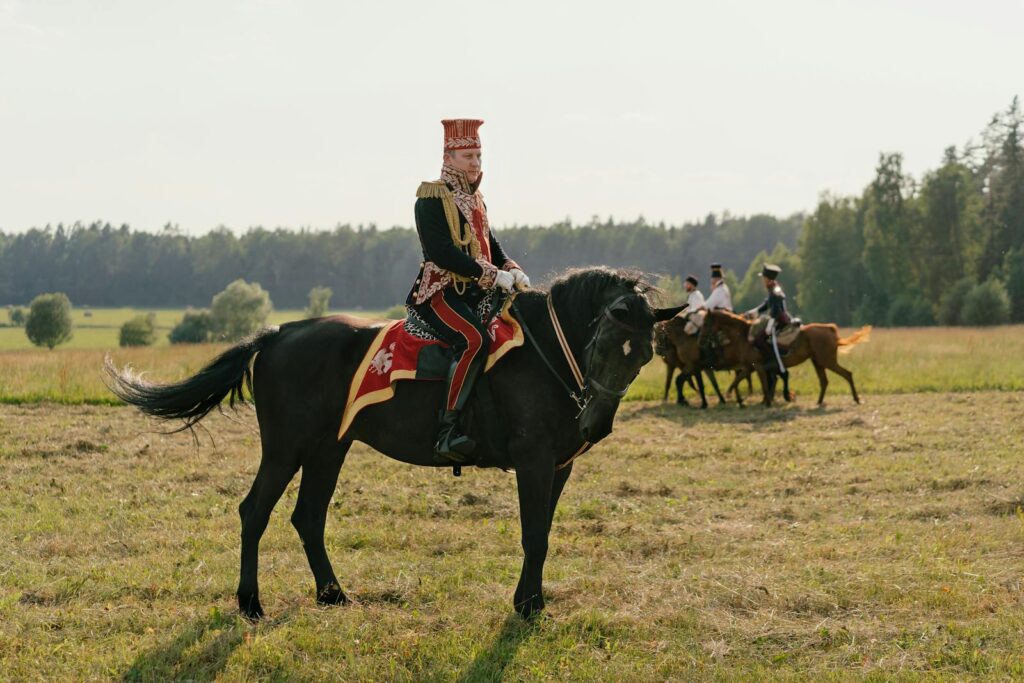
The exchange of exceptional horses became a sophisticated diplomatic language among European royal courts, where the gifting of prized breeding stock or trained mounts conveyed messages of alliance, respect, and cultural affinity. The Ottoman Sultan’s practice of sending magnificent Arabian horses to European monarchs served both practical and symbolic purposes, simultaneously providing valuable bloodstock for European breeding programs and demonstrating the Sultan’s wealth and generosity. Denmark’s gift of the famous Frederiksborg horses to France’s Louis XIV represented a significant diplomatic overture from a smaller state to a dominant power. Ambassadors routinely reported on the reception of such equine gifts in detailed dispatches, noting whether gifted horses were displayed prominently in royal stables or merely relegated to lesser facilities—interpretations that could influence international relations. The careful selection of horses for diplomatic presentation required intimate knowledge of the recipient monarch’s personal tastes and national breeding preferences, creating an equine dimension to international diplomacy that persisted well into the 19th century.
Military Leadership and Mounted Command
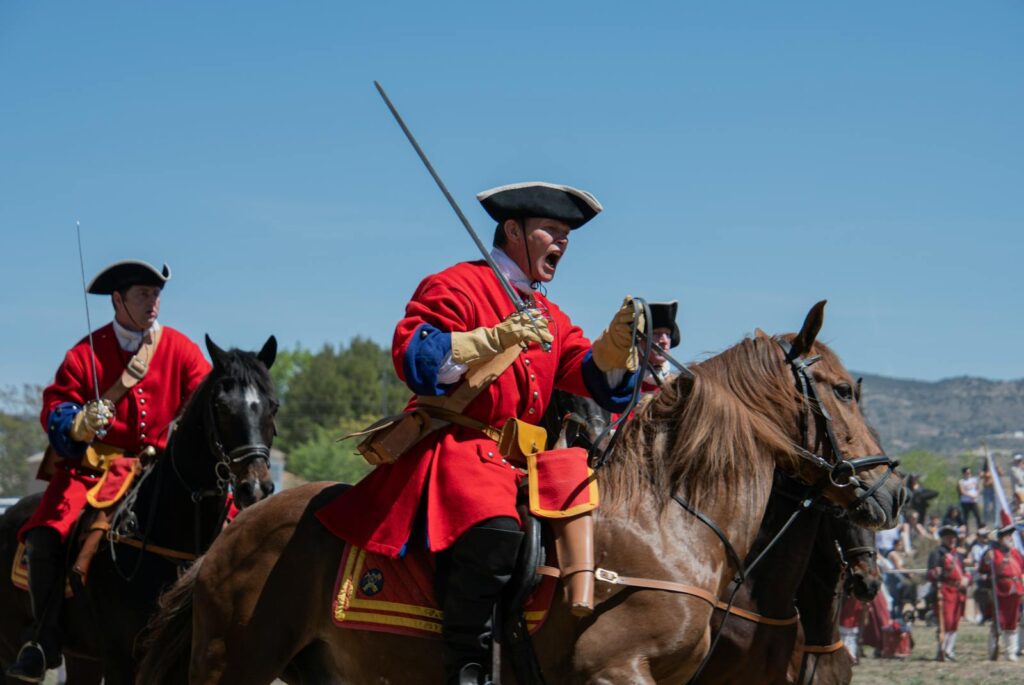
European monarchs consistently emphasized their roles as military leaders through skilled horsemanship and commanding presence on horseback, a tradition that remained vital even as warfare itself became increasingly mechanized. Frederick the Great of Prussia maintained a stable of highly trained warhorses that he personally rode on campaign, understanding that his visibility on horseback at the front lines strengthened troop morale and reinforced his image as a warrior-king. Napoleon Bonaparte carefully cultivated his image through equestrian skills, with his “horse grenadiers” selecting and training mounts that would remain calm amid battle conditions, ensuring the emperor could be seen directing troops while maintaining imperial dignity. Royal military reviews, where monarchs inspected troops from horseback, became crucial public rituals that connected modern armies to chivalric traditions through the mounted sovereign. Even as actual battlefield command shifted away from personal royal leadership, the ceremonial aspects of mounted military leadership retained powerful symbolism that European monarchies preserved through specialized cavalry regiments attached to royal households.
The Democratization of Equestrian Culture

The 19th century witnessed significant changes in how horses functioned as royal status symbols, as industrialization and democratization gradually transformed the exclusivity of equestrian culture. The emergence of public horse racing as “the sport of kings” created a domain where wealthy industrialists and aristocrats could compete directly with royalty, challenging traditional equestrian hierarchies. Queen Victoria’s relatively modest equestrian establishment, compared to her Hanoverian predecessors, reflected changing expectations of monarchy in an increasingly bourgeois age. The development of photography allowed wider dissemination of royal equestrian imagery, while simultaneously making these images less rarified and exclusive than painted portraits had been. Despite these democratizing trends, European royal houses actively maintained their equestrian traditions through continued support of national studs, ceremonial cavalry units, and royal patronage of equestrian sports. This adaptation allowed equestrian culture to remain an important, if evolved, component of royal identity into the modern era.
Modern Royal Equestrian Traditions

Today’s European monarchies continue to maintain significant equestrian traditions that connect contemporary royalty to centuries of history while adapting to modern contexts and values. Queen Elizabeth II’s lifelong passion for horses represented perhaps the most visible modern continuation of royal equestrian traditions, with her involvement in racing, breeding, and riding serving both personal and institutional purposes throughout her 70-year reign. The Spanish, British, Danish, and Swedish royal families maintain formal connections to national equestrian teams and breeding programs, providing patronage that connects these activities to historical royal support. Ceremonial occasions like Trooping the Colour in Britain, the Changing of the Guard at royal palaces, and state visits still feature mounted elements that deliberately evoke historical continuity. While no longer the exclusive domain of royalty, equestrian activities continue to feature prominently in the education and public image of younger generations of European royals, suggesting that horses will remain significant royal symbols well into the future.
Conclusion

The evolution of horses from practical necessities to powerful status symbols within European royal circles reflects broader patterns in how monarchy itself has functioned across centuries. As horses transformed from essential military assets to living art forms under royal patronage, they became perfect vehicles for expressing the complex blend of tradition, power, refinement, and authority that defined successful kingship. The massive investment in equestrian infrastructure—from sprawling stable complexes to formalized training systems—demonstrates how seriously European royalty took this aspect of their public image. Even as modern constitutional monarchies have shed most of their political power, the equestrian traditions they maintain continue to provide tangible connections to the historical foundations of royal authority. In this sense, the royal horse has galloped from the battlefields of medieval Europe to the ceremonial parades of today’s constitutional monarchies, carrying with it centuries of symbolism that continues to resonate with public understandings of royalty.




